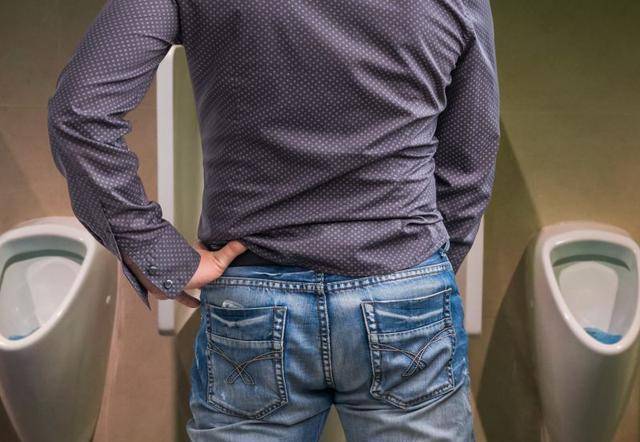Many people say that benign prostatic hyperplasia is a pain for middle-aged and elderly men because the likelihood of prostate abnormalities increases with age. If middle-aged and elderly men do not pay attention to developing good lifestyle habits, benign prostatic hyperplasia will manifest prominently, which may lead to adverse symptoms after the abnormalities occur, exacerbating lower urinary tract obstruction, making the symptoms even more apparent.
Therefore, it is important to understand the causes of benign prostatic hyperplasia, the adverse symptoms it presents, take relevant preventive measures, and improve the disease for maintaining health. So, what are the specific manifestations in middle-aged and elderly men that indicate the onset of benign prostatic hyperplasia?
1. Frequent urination and urgency
During the development of benign prostatic hyperplasia, adverse symptoms such as frequent urination and urgency are noticeable. If one frequently wakes up at night to use the bathroom, it may likely be due to this condition. The enlargement of the locally hyperplastic gland may exert pressure on surrounding tissues, leading to adverse symptoms.
It often manifests as frequent urination and urgency, with shorter intervals between urination. Many individuals may also experience infections caused by benign prostatic hyperplasia, leading to worsened frequent urination and urgency, even pain during urination. If these specific symptoms occur, it is necessary to check for the development of benign prostatic hyperplasia.
2. Presence of hematuria
Benign prostatic hyperplasia can lead to adverse symptoms, especially hematuria, which signals the disease. During the development of benign prostatic hyperplasia, the hyperemic capillaries and dilated small blood vessels on the local mucosa may experience microscopic bleeding or visible hematuria due to the traction and friction of the enlarged gland, making hematuria one of the reasons elderly men easily have hematuria.
If the bladder is also damaged, the bleeding may become more apparent. Therefore, benign prostatic hyperplasia is a significant issue, and treatment measures should be taken upon detecting signs of the disease to prevent severe hematuria.
3. Difficulty in urination
Elderly men affected by benign prostatic hyperplasia may also experience difficulty in urination. A healthy body should be able to smoothly expel urine after its production, which is an indication of overall health. However, many individuals may develop mechanical obstruction as the gland enlarges, leading to pronounced difficulty in urination after worsening mechanical obstruction, increasing urethral resistance and delaying urination, taking more time during the process.
Some individuals may experience a narrower urine stream, weak urination, and even a sensation of incomplete emptying, all related to benign prostatic hyperplasia. After the local gland enlarges significantly, obstructing issues become apparent, requiring increased abdominal pressure to aid in urination. The occurrence of these specific symptoms indicates the formation of benign prostatic hyperplasia, necessitating proper treatment to control the progression of the disease.
Therefore, it is evident that benign prostatic hyperplasia is a significant issue. Appropriate improvement measures should be taken upon discovering the disease, improving local lesions, restoring health, and alleviating adverse symptoms.


